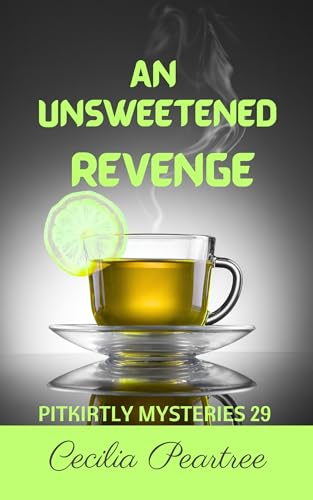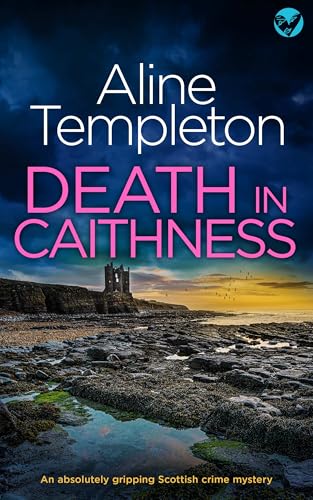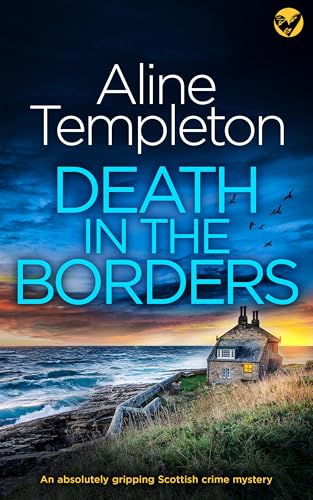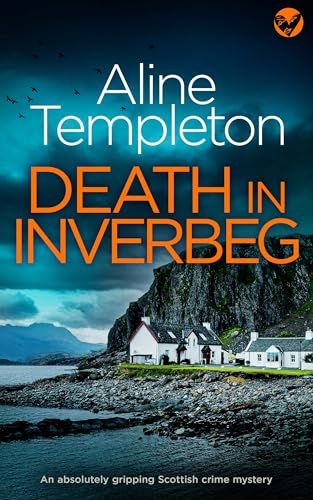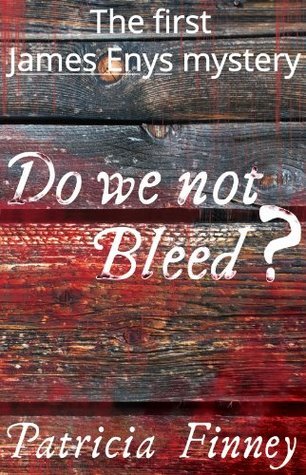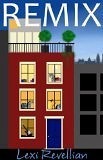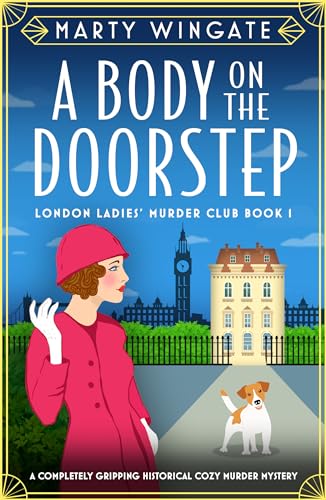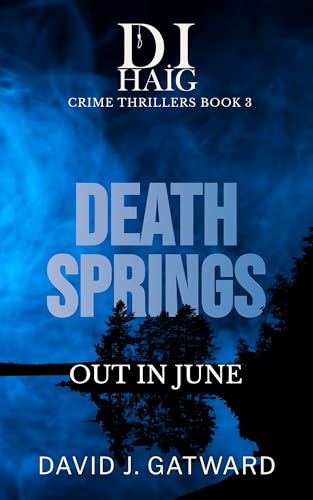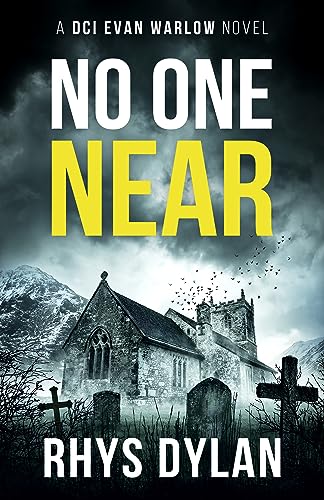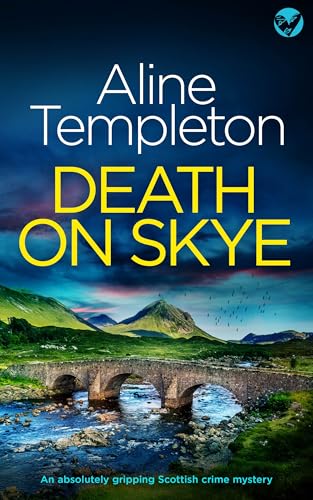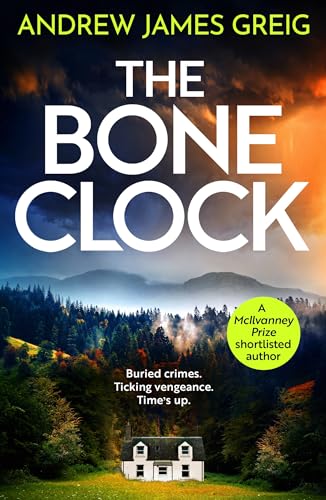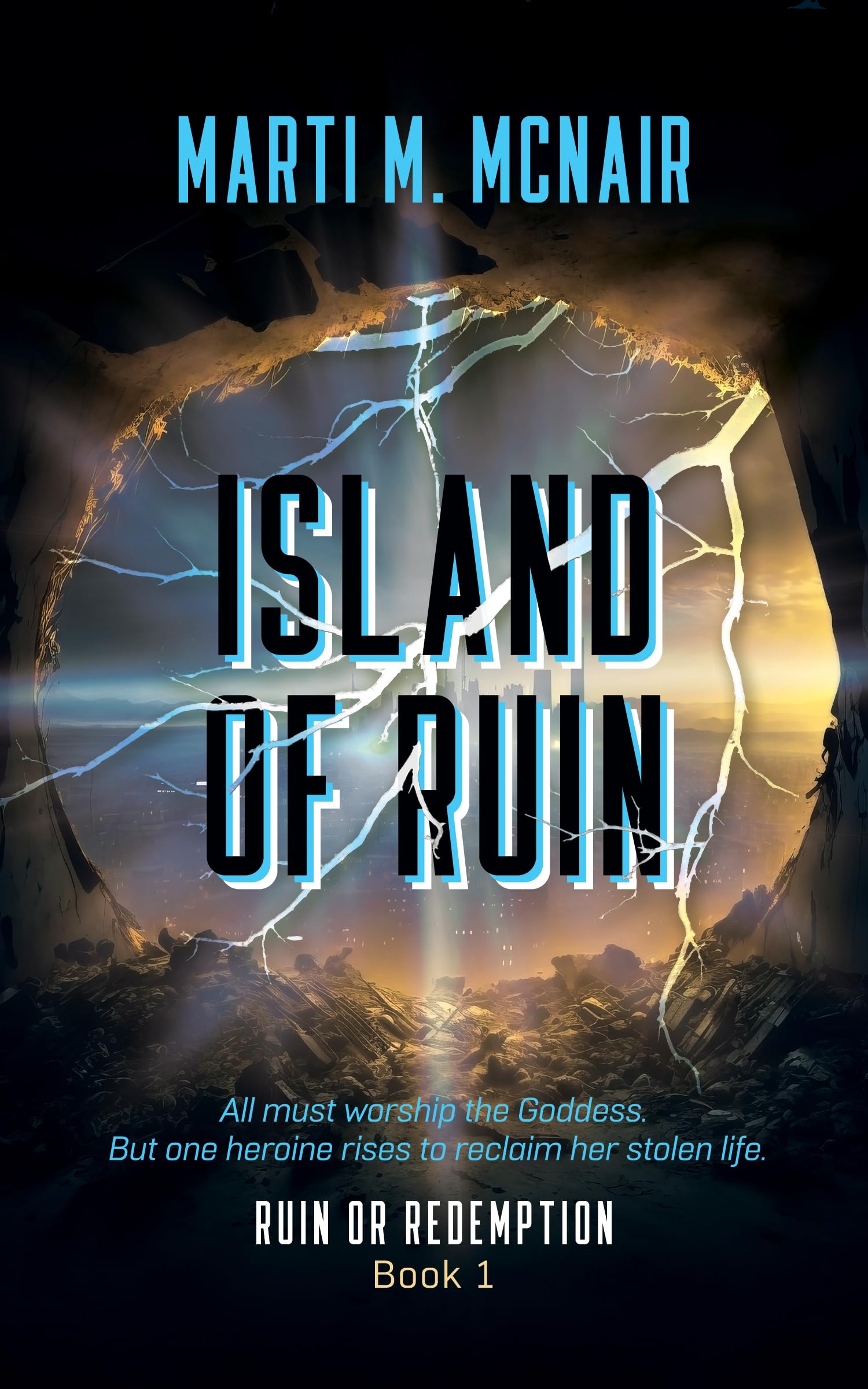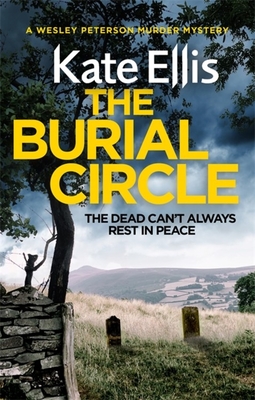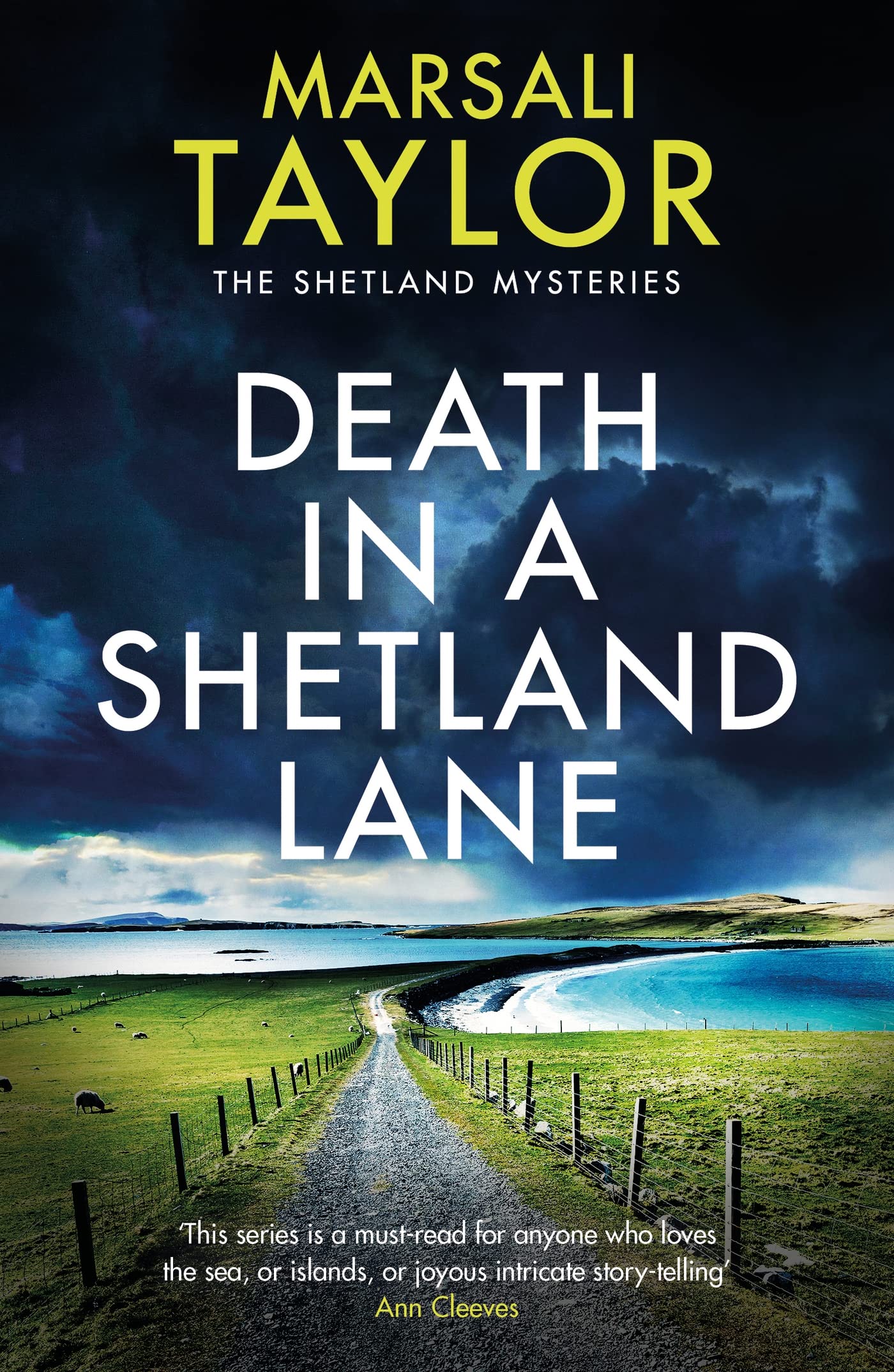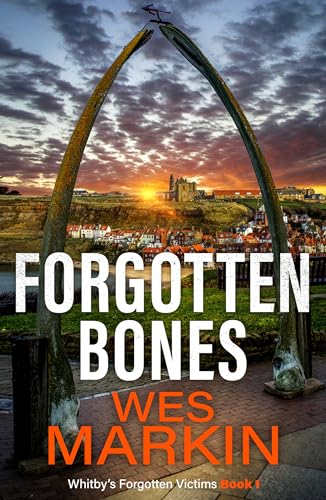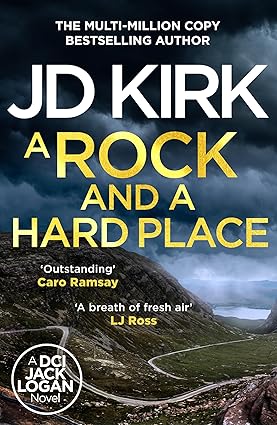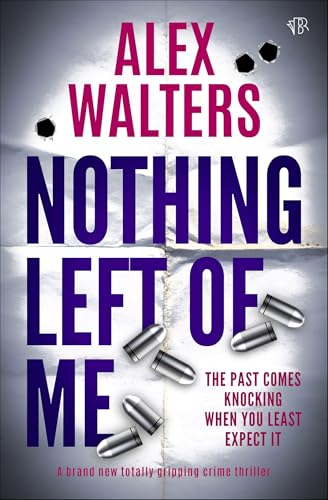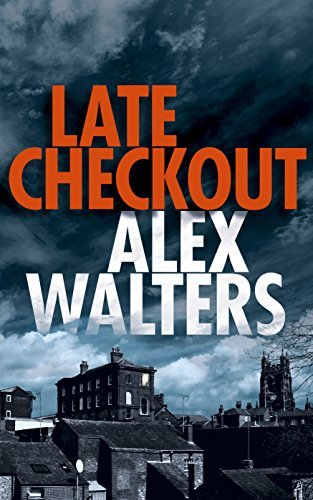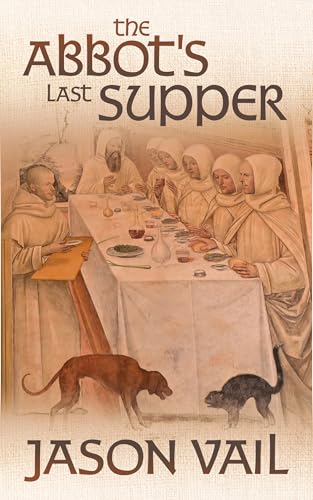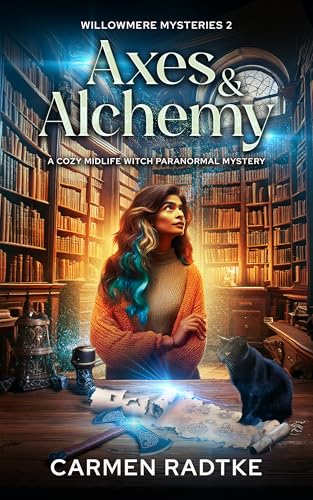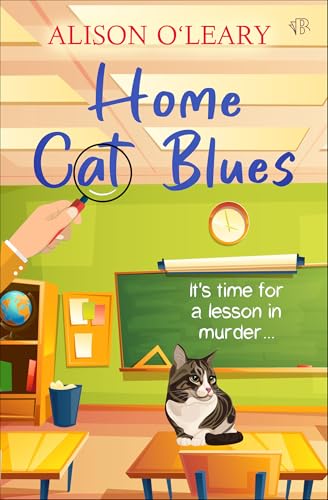The sun is shining, the wind is blowing, the bookshelves are groaning ... Here's what I read in June, apparently!

Carmen Radtke, Funerals and Familiars: This, the first in a new series, is very much in the Radtke style and as usual very enjoyable – Bex, recently divorced and heading for middle age, finds herself the heiress to her aunt’s lending library, secret witchcraft den, and talking cat, as well as the necessity to investigate a murder on which the community is divided – will he be missed, or not at all? There are plenty of red herrings, of various kinds, and a gang of locals I look forward to getting to know better. I liked Bex and Cosmo very much, and rather envied the talking cat and a library lifestyle!

Marsali Taylor, Death at a Shetland Festival: Set around the Shetland
Folk Festival this starts with a mysterious diary and carries on with a death
backstage at what sounds like a great gig. Cass and Gavin are finding their
feet living with each other, but sailing is never very far away, of course, and
nor are the wonderful cats. I’d been looking forward to this book since I read
the first few lines a couple of years ago, and it didn’t disappoint – another
tightly-woven plot with a clever historical (if the 1980s are historical)
background. Very good indeed.

Simon McCleave, The Snowdonia Killings: We have the classic city cop
heading for the wilderness to escape city pressure and a personal tragedy here,
but I did like the cop in question, and found she was neither too idealistic
nor too dismissive of her new situation. I also liked the growing relationship
between her and her alcoholic sidekick, which I found interesting and
realistic.

Val McDermid, Blue Genes: A very amusing start, if frustrating, as Kate
Brannigan tries to trap a dodgy seller of headstones and is in turn trapped
into trying to find out who is destroying the reputation of a Glasgow neo-punk
band in Manchester. This is my first Kate Brannigan book, but I know I’m in
safe hands with McDermid, as she explores the murky world of ‘test tube
babies’. I think a similar theme appeared in a Taggart episode about a decade
before this book was written, but it’s taken in a different direction and, of
course, written very well.

Eva St. John, Flint in the Bones: A crime novel, I suppose, set in an
alternative England where magic is practised and Norwich has a very bad
reputation for temporal earthquakes. Our heroine, a native of Norwich, is sent
back in pursuit of a renegade magician. She’s an uncomfortable sort of person
but appealing, up to a point. The Norwich setting is intriguing, with people
from various periods of history trying to co-exist and work together, while the
town basks in the wealth from selling all kinds of historical goods. This is a
fascinating book, with excellent world-building and entertaining characters,
and I look forward very much to the next in the series. And yes, bring Harry
along with you! N.B. This is another pen name for the author who writes the Golden series of crime fiction, Anna Penrose.

Cecilia Peartree, Heiress in Exile: Lord George, a lazy pleasure-seeker,
has been sent off to Cornwall to find out what’s happening at a friend’s
long-abandoned house, ‘Goose Chase’, and discovers a new sense of
responsibility. Next door, a distant acquaintance, Susan, has been sent to live
with a great aunt to get her out from under the feet of a new stepmother, and
to help with three unappealing children. Between them they discover a cache of
weapons and gunpowder, and attempt to unravel the mystery of their appearance,
as well as some suspicious goings-on in Susan’s family. Lovely, satisfying
romantic mystery.

Jane Smith, Three Times Buried: This is based on a real murder story in
19th century Aberdeenshire, imagined as a novel. Apart from a
strange fixation on one particular piece of furniture it’s a very compelling
tale, well set in its historical context and fascinating in its account. Smith
gets inside Widow Lovie’s head beautifully, while also portraying the other
characters, even the minor ones, with telling detail. Much better than some well-known novelisations of old crimes.

Alex Howard, The Ghost Cat: Rather a nice little book, this, recounting
the tale of a cat and his tenement flat in Edinburgh over the course of 120
years. In some ways it’s too short, and I’d have liked a bit more about the
earlier years and less focus on the last thirty or forty, but it’s charming.
However, it does need some more work – there are inaccuracies, quite anachronistic uses of
language, and plenty of places where the wrong word is used, and it comes over at the end as a little self-indulgent bit of poor self-publishing. Still, it
portrayed the setting with great affection and I did feel I knew the flat by
the end.

Susie Fleming, Blood Ties: When anything is described in the subtitle as
‘utterly addictive’, it immediately makes me feel unaddicted. This is
interesting enough but not at all addictive – in fact, I kept forgetting I was
reading it. The main character is a kind of Vera by Anne Cleeves, though with
some sympathy-inducing family issues and a lovely ex-husband. The Yorkshire tea
thing is a bit ridiculous. When Viv doesn’t like a witness, I find myself
siding with the witness, which might not be what the author intends. There’s
the occasional bit of head-jumping which is off-putting, and as many people
will no doubt say, British police should not be addressed as ‘Detective’. There
are also a few typos and grammatical errors (whose/who’s, etc.), but I think my
favourite bit was a character called Campbell Baxter whose nickname was ‘Two
Soups’.

Jodi Taylor, Bad Moon: Though I love the St. Mary’s and Time Police
series, not to mention several other books (does this woman not let up? Thank
goodness she doesn’t!) this is my favourite of Taylor’s series, and I’ve been
waiting for this one with bated breath. And it did not disappoint. Action,
emotion, humour, a troll in the cellar and a really big snake – brilliant.

Martin Edwards, Sepulchre Street: I started to read this in the A.K.
Bell Library in Perth when I had an hour or two before a train. I liked it so
much I went back and read another chunk the next time I was waiting for a train
in Perth, and at last bought my own copy. It’s a very enjoyable take on a
Golden Age crime novel, though there were a few points when I thought it felt
much less 1930s than it was supposed to. The main detective is the intriguing,
wealthy but damaged Rachel Savernake, and the book is told from the point of view,
mostly, of a bewitched young reporter who is a not-very-bright Watson to her
Holmes. I believe there are others in the series and I might well dig them out
– or look for them next time I’m in Perth.

Kathy Reichs, Monday Mourning: Quite a disturbing one in the Tempe
Brennan series, with the discovery of three skeletons who turn out to be young
female abductees, victims of a serial killer or killers. With the additional
challenges of her on/off boyfriend Ryan’s odd behaviour, the disappearance of
her old friend Anne, and the Montreal winter, this is another tough case for
Brennan. I was a bit surprised that Carbon 14 and isotope analysis were news in
this one but perhaps my memory is playing tricks, and this was published twenty
years ago.

Andrew Rudd, The Quiet Path:
Illustrated with simple little pen-and-ink drawings, this is a book where the
author invites you to dip in as you feel like it, but there is advantage to
reading it in sequence, and slowly – pausing for thought, ideally, at the end
of each page. It’s divided into three sections, walking, seeing, and writing,
and each section offers passages of prose and poetry that look more closely at
ordinary things, leading you into quiet contemplation whether of birds, or of
the landscape. In fact, he suggests the possibility of treating all these
encounters through the practice of Lectio Divina, close study, uninterrupted by
the demands of the modern world for a few moments. The book was written
post-pandemic, and includes reflections on some of the quiet times lockdown
offered. It’s a book that makes you think more about the world around you, but
also about using that enhanced thought to come to a greater understanding of
God in ourselves and in the world. Though in fact, whether you were religious or not, I think you'd find a good deal of calming thought and gentleness in here. Don't know why the link has spread over the whole review, though! (I need to think more calm thoughts).

Jerry Dye, Island Wars: Well, it hits the ground running with a brisk
and savage murder and then a kidnapping. There are a few wrongly used words,
quite an issue with apostrophes and commas, ‘text’ instead of ‘texted’, which
sounds American to me if anything, and there are some other unnecessary
Americanisms. Some of the conversations don’t sound entirely natural, and a bit
more characterisation outside the central few characters would be helpful –
there are plenty of cardboard cutouts. I wasn’t keen on the sudden switch to
first person narrative by the murderer late in the book. But as far as pacing
is concerned, this is very good, and I like both the main protagonist and his
wife. Room for improvement!
Lots of room for improvement for me, too - I started the next Hippolyta last week, wrote a thousand words, and have done nothing since. In my defence, I've been quite busy with some terribly exciting paperwork that had to be done, not to mention the case of Covid, the broken rib, the dented car door, the cat's trip to the vet ... Ah, the glamorous life of the writer! Anyway, I'd better get on with a plot or there'll be no Hippolyta 8. Happy reading!
